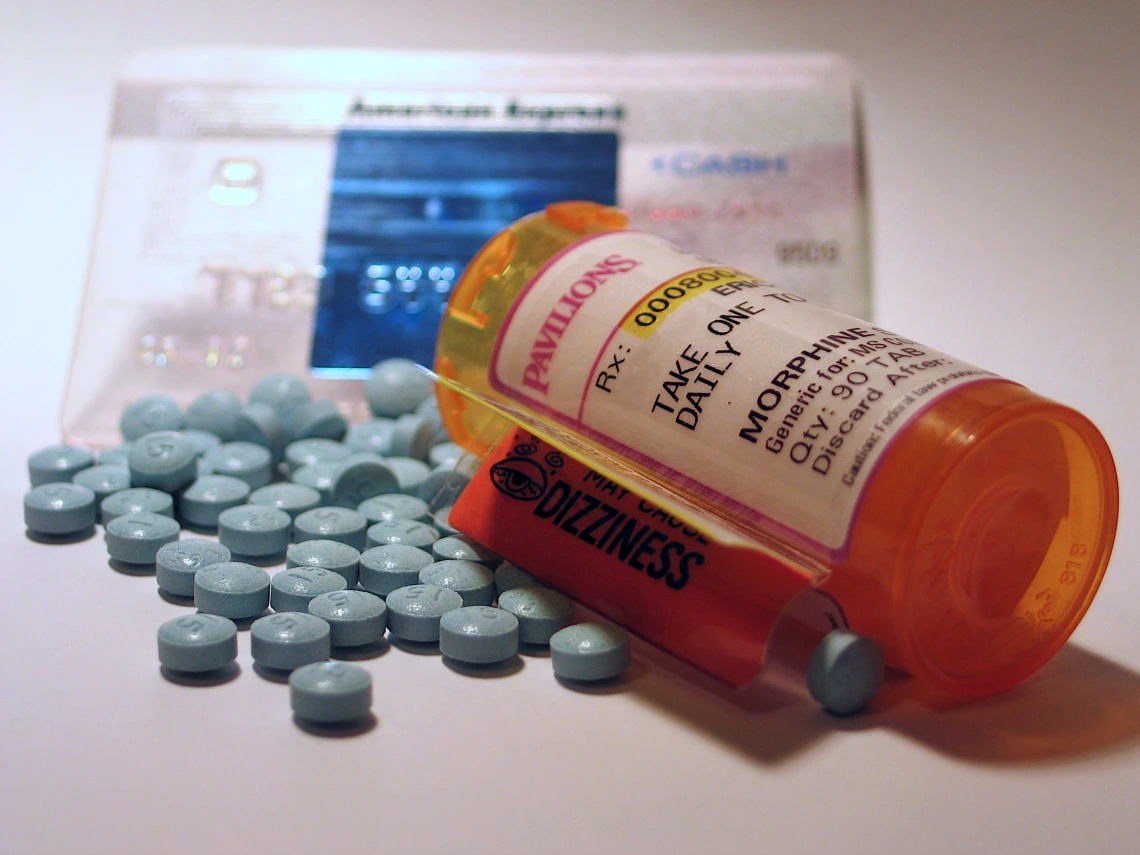The 5th Vital Sign and America’s Painkiller Epidemic
The U.S. health-care system has become much more aggressive in treating pain over the last 15 years and just as with any medical intervention at times there are adverse side effects.


The epidemic has become so severe that it’s now on the President’s agenda. President Obama has proposed a two-pronged approach to address this epidemic. The first is a proposal to include $1 billion in new mandatory funding over two years to expand access to treatment for prescription drug abuse and heroin use, to boost efforts to help folks seek treatment, successfully complete treatment and sustain recovery.
The President’s budget also includes $500 million to build on current efforts across the departments of Justice and Health and Human Services to expand state-level prescription drug overdose prevention strategies, increase the availability of medication-assisted treatment programs, improve access to the overdose-reversal drug naloxone and support targeted enforcement activities.
These are great initiatives that will help, but with any epidemic, it’s critical to do a root-cause analysis to develop strategies to stop the epidemic at its source.
How did we get here?

Shortly thereafter, the Veteran’s Health Administration included pain as the 5th Vital Sign in their national pain-management strategy. Two years later, the Joint Commission on Accreditation of Healthcare Organizations released Standards Related to the Assessment and Treatment of Pain. The institutionalization of pain by these respected entities was motivated by their interest in delivering comprehensive and appropriate pain care, but it also sparked an opioid wildfire.
In the years since pain was institutionalized as the 5th Vital Sign, the misuse and abuse of prescription drugs has become the leading cause of injury death in the United States. For example, in 2004 approximately 600,000 Emergency Department visits were tied to prescription drugs.
By 2010 the number had more than doubled to 1.4 million. Prescription opioids are now the leading cause of drug overdose deaths in most states, including Arizona.
The good news is that public health and health-care officials are increasingly aware of the epidemic and a number of interventions are underway nationally and in many states to stem the tide.
In 2012, the Joint Commission issued a new Sentinel Event Alert, recommending that health-care organizations improve their response to and reporting of prescription drug misuse and abuse.
In 2013, the Centers for Medicare & Medicaid Services implemented new requirements (in Medicare Part D) to ensure that plan sponsors establish drug utilization management programs to prevent overuse of opiates.

Recently, the University of Arizona College of Medicine – Tucson was among 60 colleges of medicine to pledge that they will provide prescriber education curriculum to their students in the fall.
All of these things are important and potentially effective interventions. However, as is the case with many of the public health challenges we face, prevention needs to be a key component in any solution.
Making pain the 5th Vital Sign may have kicked off what has become a complex population health epidemic. Responses developed because of the epidemic have given birth to policies that are likely having an impact. However, incentives still exist that encourage practitioners to overprescribe prescription painkillers, because the institutions they work for can be sanctioned for not managing patient pain aggressively.
The policy question that few people are asking is whether it’s time to go back to 4 Vital Signs for most people.
About the Author
Will Humble, MPH, is an effective public health leader with over 28 years progressively responsible experience successfully leading public health programs. He has a collaborative management style that focuses on establishing and maintaining effective working relationships with staff and stakeholders. He’s a believer in leading and managing with emotional intelligence.
He served as the division director for health policy and evaluation at the Center for Population Science & Discovery at the University of Arizona’s Health Sciences Center where he provided leadership in the development, management and evaluation of health and public policy advocacy and initiatives. He previously served for 6 years as the director of the Arizona Department of Health Services, which provides a wide array of health related services including Arizona’s behavioral and public health systems, the Arizona State Hospital, medical and child care licensure and certification services, and the Arizona Public Health Laboratory.

